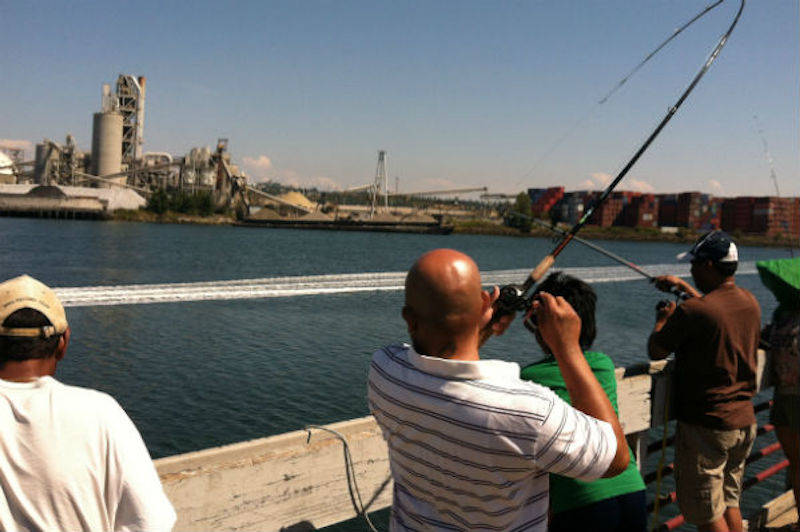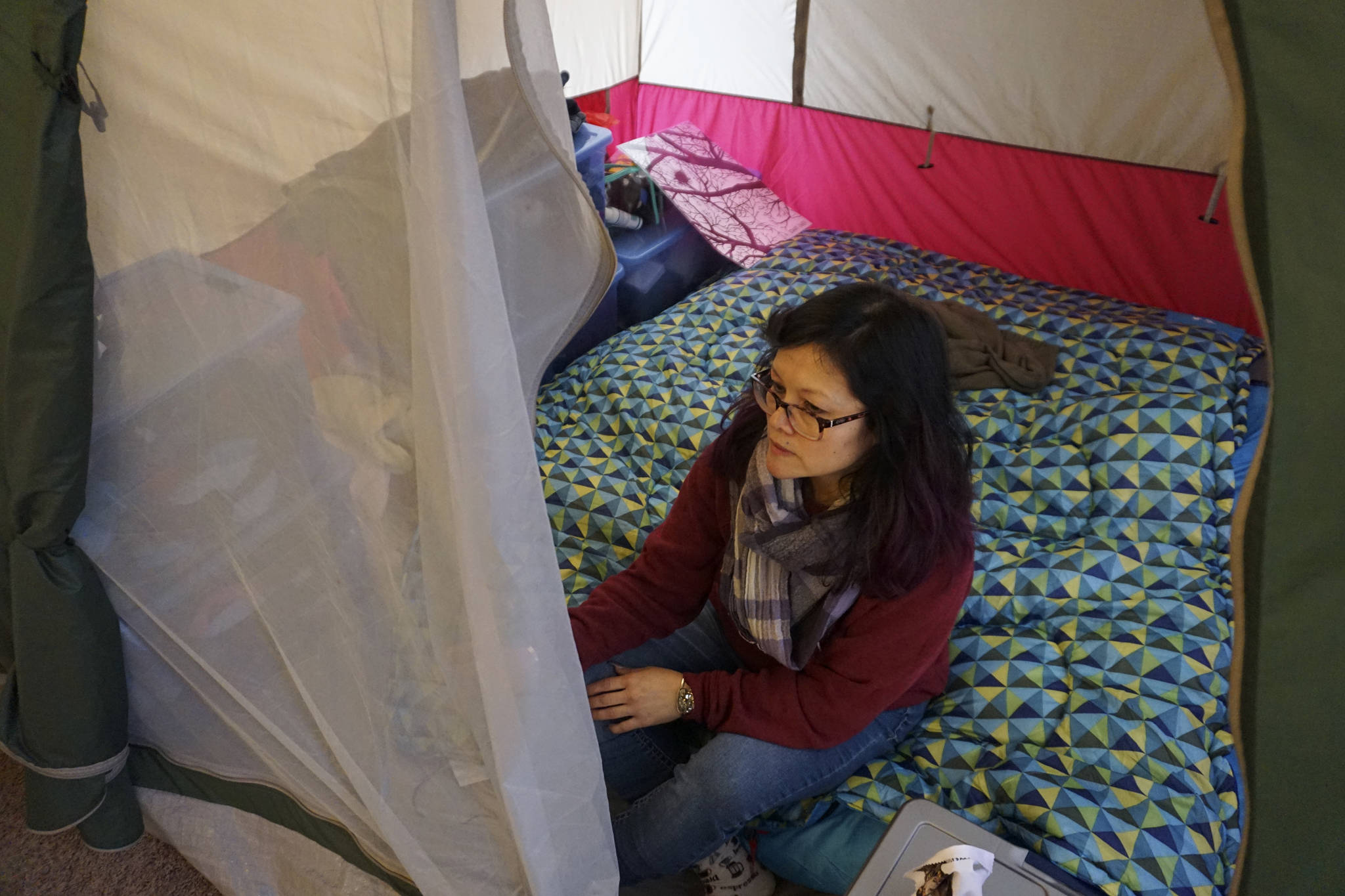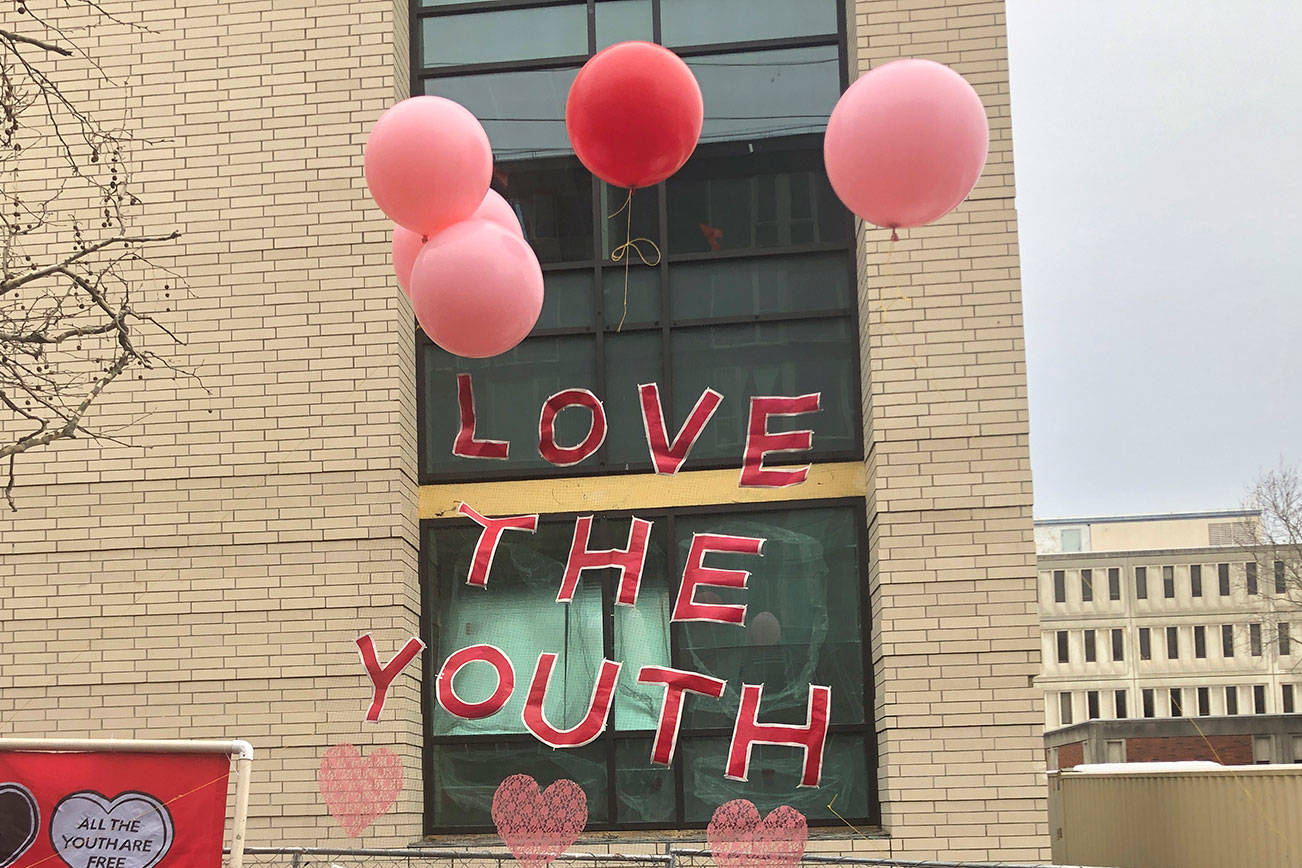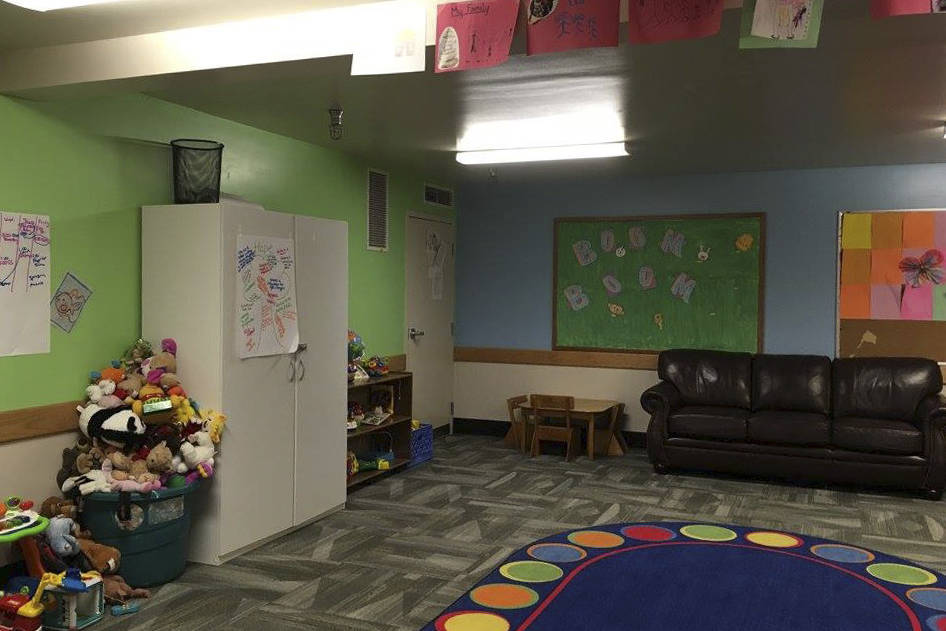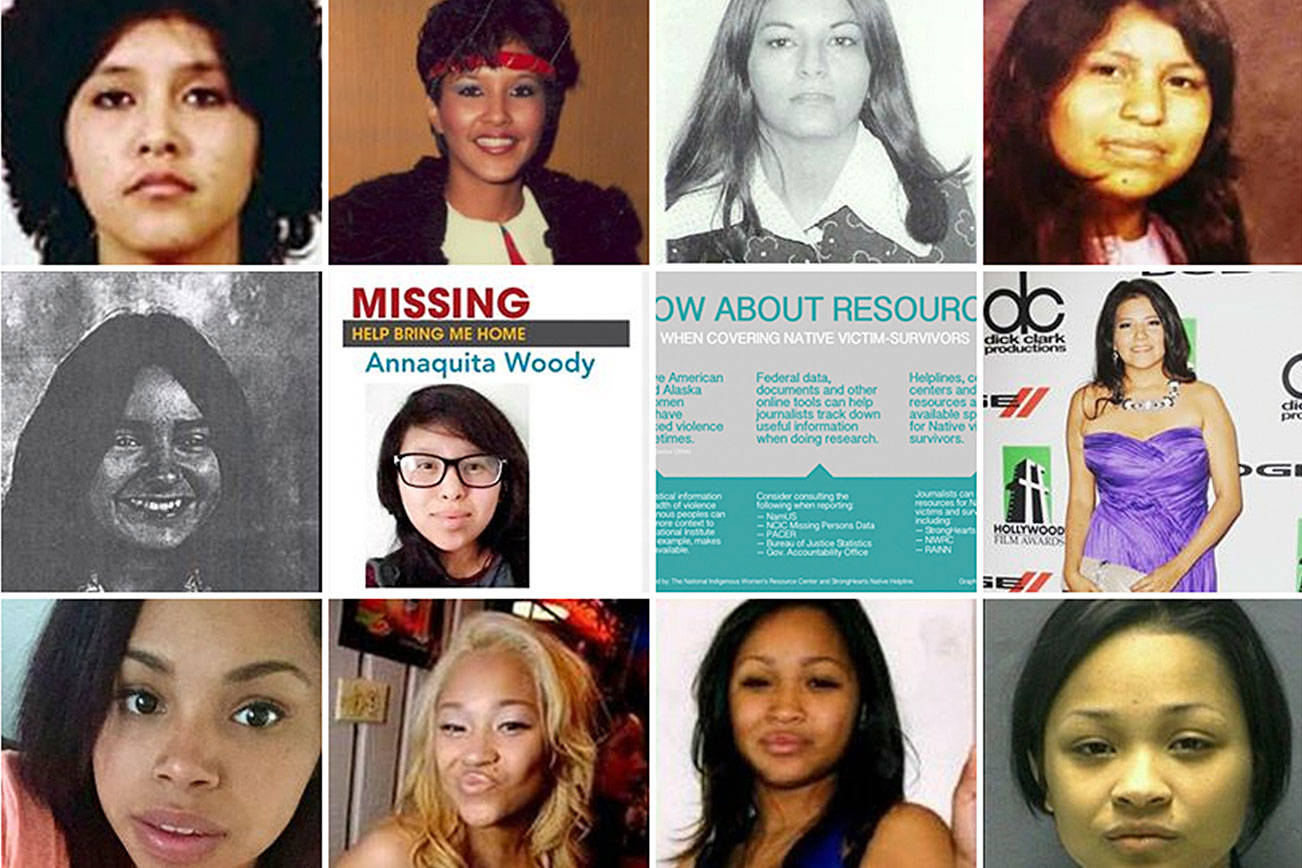Decades of industrial activity has rendered Washington’s Duwamish River—which once teemed with edible fish—into one of the most toxic waterways in the nation. Identified by the Environmental Protection Agency as one of the river’s main polluters for its release of cancer-causing polychlorinated biphenyls (PCBs) over a decade ago, the Boeing Company has since sought to make amends by participating in cleanup plans with the EPA and Washington State Department of Ecology. In 2011, Boeing participated in the earliest phase of the cleanup by demolishing its Plant 2 facility on the Lower Duwamish and removing nearly one-mile worth of contaminated sediment. But local environmental organizations now allege that the airplane manufacturer is in violation of the Clean Water Act for failing to stop releasing PCBs that could jeopardize human health.
On April 25, the local environmental nonprofits Puget Soundkeeper Alliance and Waste Water Action filed a 60-day notice letter to the Boeing Company for discharging high levels of PCBs from its Boeing Military Delivery Center. The groups plan to file a lawsuit in federal court against Boeing at the conclusion of the 60 days. The letter alleges that Boeing is in violation of a Washington Department of Ecology-issued permit effective from 2015-19 that allows it to discharge industrial stormwater into the Duwamish River. One of the conditions of the permit is that the company uses all known methods to control its sources of pollution, which the letter alleges that the company has failed to do. The notice also indicates that Boeing hasn’t developed and implemented a stormwater pollution prevention plan required by the permit. Among other complaints, the nonprofits allege that Boeing hadn’t collected the required quarterly samples of its stormwater. In fact, Puget Soundkeeper found that Boeing’s stormwater samples filed with the state’s Department of Ecology indicate that the company released some of the highest numbers of pollutants in stormwater compared to other industries in the Puget Sound area.
“This is about protecting the community’s right to clean water and to sustain our beneficial uses of the river, which includes swimming, and fishing and safely consuming fish in the river,” Executive Director at Puget Soundkeeper Chris Wilke notes in regard to the organization’s intent to sue Boeing.
In 2011, the lower five miles of the Duwamish River were identified by the Environmental Protection Agency as a Superfund site—one of the most toxic waterways in the nation—which led to over a decade of planning before the EPA released its final cleanup plan in 2014. The $342 million cleanup plan stipulated that 90 percent of pollutants would be removed from 177 acres of the waterway. It would involve active cleanup and natural recovery of the river, which was estimated to take 17 years.
Recovering the Duwamish also requires that polluters such as Boeing, maintain their end of the bargain by ceasing to release high levels of toxins into the river. “The entire success of that cleanup will rest on controlling ongoing sources of pollution,” Wilke says. “Nobody wants to see … a bunch of money spent to clean up the river and then have it get re-polluted. So source control from ongoing sites, such as the Boeing Military Delivery Center, is essential for the success of that cleanup. You’ve got to remember that the city of Seattle and King County are paying for that, so this is the success of a public river cleanup that rests on sites like this coming into compliance.”
According to the notice, Puget Soundkeeper and Waste Water Action found that the level of PCBs released in Boeing’s stormwater from July 2014 to January 2018 was thousands of times higher than the permit’s requirements. For instance, a January 2018 sample of Boeing’s stormwater contained 0.125 micrograms per liter of PCB, although the threshold for human health criteria is 0.000007 micrograms per liter.
According to the EPA, PCBs can cause cancer, as well as have negative effects on the immune and reproductive system in humans and other animals. Wilke attests that humans and orca whales are the most vulnerable to the harms of PCBs, because the pollutants accumulate in fatty tissues; its concentration becomes higher the larger the animal. Governor Jay Inslee’s March executive order that created the Southern Resident Killer Whale Recovery and Task Force even pointed to PCB contamination as a cause for the orca whales endangered status.
Seattleites who eat fish from the Duwamish River aren’t the only ones who are vulnerable to the pollutants, since migratory species like salmon and herring can carry PCBs to other locations. “This river cannot be viewed in isolation–it’s connected to the rest of Puget Sound, and salmon are migratory. They leave the river with PCBs, and then they grow into bigger fish, and they end up feeding orcas, and people, and seals, and sea lions, and eventually return to their home streams where they die and nourish the river,” Wilke says.
James Rasmussen, director of the Duwamish River Cleanup Coalition/Technical Advisory Group—the community advisory group involved in the Duwamish cleanup—also expressed concern that the river cleanup would be delayed if Boeing doesn’t clean up its act. “This also has to be a wake-up call to the Department of Ecology,” says Rasmussen. “They have to get that work done on source control sufficiency. It’s their job.”
Holly Braithwaite, a Boeing spokesperson, contends that the company is committed to improving its stormwater quality. “Boeing has implemented numerous projects at the Military Delivery Center (MDC) site over the past decade to address stormwater pollutants, including projects to remove materials such as caulk from buildings and the flightline. These projects have substantially reduced sources of PCBs at the MDC,” Braithwaite wrote in an email to Seattle Weekly. “As a result of these activities, most of the samples of stormwater at the MDC have been non-detect or had very low levels of PCBs. Some of the samples that have had PCBs were the result of a project to remove paint and other materials that were contaminated with PCBs; the abatement disturbed the materials, and a very small amount reached stormwater.” The Washington Department of Ecology ordered the company to propose additional measures to address its stormwater pollutants, so Boeing submitted an engineering report that is currently under review. Braithwaite said that Boeing is currently awaiting the department’s approval of the report before the company proceeds with its plan to clean up the stormwater discharge.
Boeing’s stormwater discharge permit is set to expire on Dec. 31, 2019, and the company will need to reapply for another five year permit. Wilke said that the airplane manufacturing company may be unable to renew its permit if the court finds it in violation of the Clean Water Act.
Puget Soundkeeper supports the local industrial economy and the jobs offered to residents by at facilities positioned along the river, Wilkes notes. “But these facilities need too exist in harmony with the environment and in compliance with the law. We firmly believe that this is the responsibility of facilities that discharge to the river to do so in a way that doesn’t jeopardize community health.”
mhellmann@seattleweekly.com
